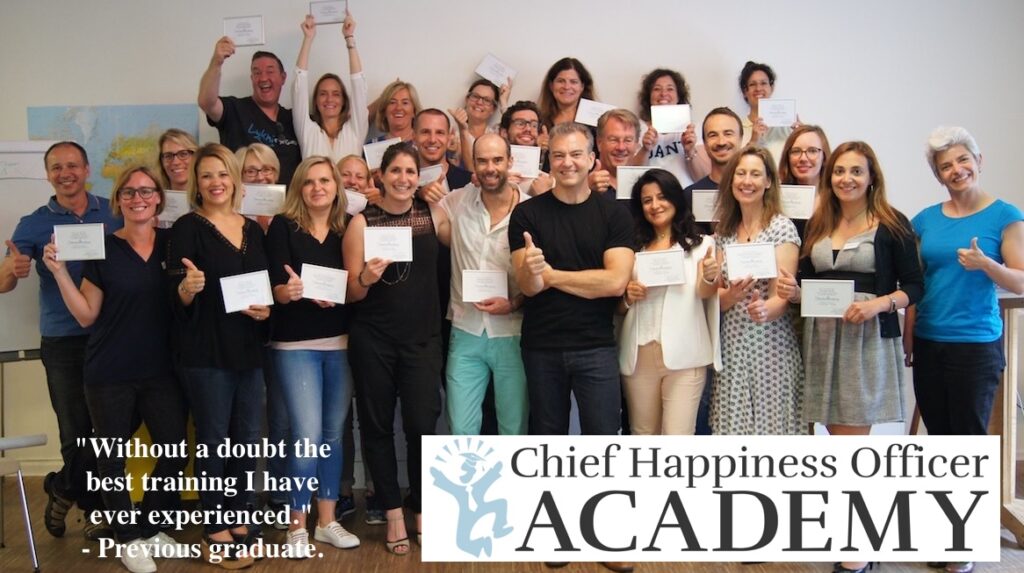
I’ve been a fan of IKEA for a while now. I like their vision (to create a better everyday life for the many people) and admire their founder, Ingvar Kamprad, who is by all accounts a terribly nice person. I’ve previously quoted him as saying that:
Work should always be fun for all colleagues. We all only have one life. A third of life is work. Without desire and fun, work becomes hell.
– Ingvar Kamprad, founder of IKEA
They may also be the only corporation that lowers the price of umbrellas, when it rains!
So when we got IKEA as a customer, I was delighted!
Their Taastrup branch (located 30 km outside of Copenhagen) have committed themselves to becoming an even happier workplace and have hired us to help. In October I did a two-day workshop for their managers and yesterday my fantastic co-worker Jon (in the picture above) and I spoke at a kick-off event for all employees.
The kick-off was a huge success, due to the meticulous and creative planning by the store’s managers, the entertaining hosts (two well-known Danish TV and radio hosts) and a great crowd. And, of course, because Jon and I kicked some major butt with our presentation. In all modesty :o)
The entire project is called GLÄDJE (happiness in Swedish), which IKEA aficionados will immediately recognize as a play on the company’s all-Swedish product names.
While more and more organizations are trying to become happy workplaces, it’s rare to see a business that approaches the process with the same determination, commitment and creativity as IKEA Taastrup.
Here are some of the things that have impressed us about their approach:
- While this started out as a project to raise customer satisfaction, they quickly realized, that the way to do it is to raise employee happiness. That’s enlightened thinking.
- It’s a long-term commitment, and happiness will be the main goal of the store for the next three years.
- The managers are walking the talk and taking a leading role in creating more happiness.
- They recognize that employees must be engaged at every level of the process.
- They’ve hired a bureau to create graphics and design for the project, which means that it looks great.
- And best of all, they hired us :o)
The next step is a series of workshops for all managers and employees which we will host in January and February and then a series of meetings to be held in every department.
They’re well on the way already. Recently, the store’s bed department transformed a Saturday from the busiest day of the week to the happiest. The employees all put on bath robes over their uniforms and staged a pillow fight in the store between staff and customers. Down and feathers was everywhere.
Some employees also hid in the wardrobes. When customers opened them to have a look, they’d step out saying “Hi, can I help?”
So if you shop at IKEA Taastrup, don’t be surprised if you run into some very happy people.


 I got this email from Samuel West in Sweden:
I got this email from Samuel West in Sweden:

